Making the Tough Decisions – Five Rules

Leaders make them everyday

Making a tough decision requires clarity of thought. All too often we are rushed into making a decision because it suits someone else’s narrative (how they want things done). Ugh – I can hear you sighing right now 😉
The key to making a good decision during a tough situation is to regain control of each moment. I’m not going to lie to you – it takes commitment, a little bit of nerve and settling on a process to overcome such a hurdle!
I have five rules when it comes to making a tough decision. They are:
1. There is always time!
Slow things down. Stop for a moment. Do you need 5 minutes, 30 minutes, an hour, half a day or 24 hours, maybe even longer?
Make the call!
2. Tell others around you to breathe
Put you hand up and tell those who are fighting for your time to stop. Let them know they can catch up with you later. You might be lucky enough to have an assistant who can do this for you.
When those who try to monopolise your time stop to take a breath, it means you get a chance to breathe too.
3. Examine the pros and cons.
Draw up a list and look at the push/pull factors regarding the decision required. This can be done on a piece of paper or through using software, or the good old (non-powered) whiteboard (or blackboard). You can even use chalk on the ground if need be.
This is more about the psychology of an issue – the brain understanding why someone will support or not support a required course of action. Kurt Lewin called this Force Field Analysis. In essence you are trying to work out quickly whether a current situation needs a solution or whether it needs to change.
On the pro side list the favourable issues and allocate a score of one to five for each factor. Repeat this on the con (negative) side. One is lowest, five is highest.
Add the totals for each side. If the total on the pro side is higher than the total for the con side then you can push ahead with your solution or required change . If the total on the con side is higher than the pro side, then you know you will meet sufficient resistance to stop solving the issue in question.

4. Use a sounding board.
The purpose here is to identify any further flaws or loopholes with your solution. If there are, then improve your solution accordingly.
Who is your go to person? Perhaps they are a mentor, trusted colleague or friend. Is it your team? Bounce your solution or proposed options past them.
5. Commit to a course of action.
Once you have settled on a solution – do it at the agreed time. With your solution in train, you will feel so much better, a feeling of composure will return and you will find yourself ready for the next challenge!!!
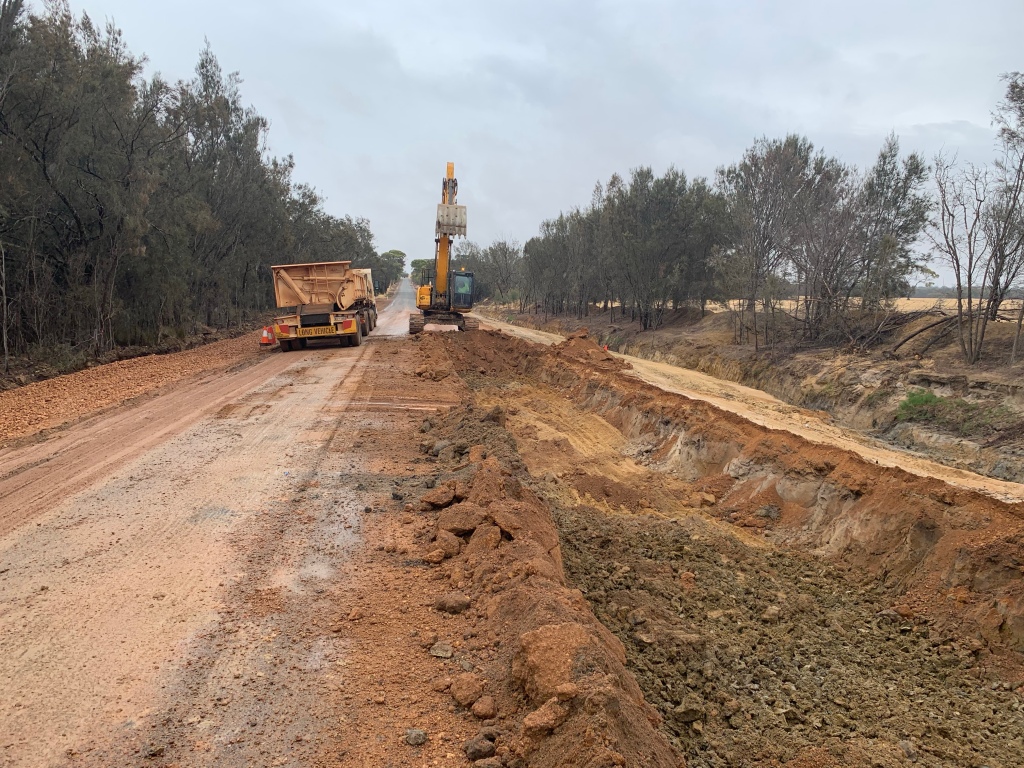

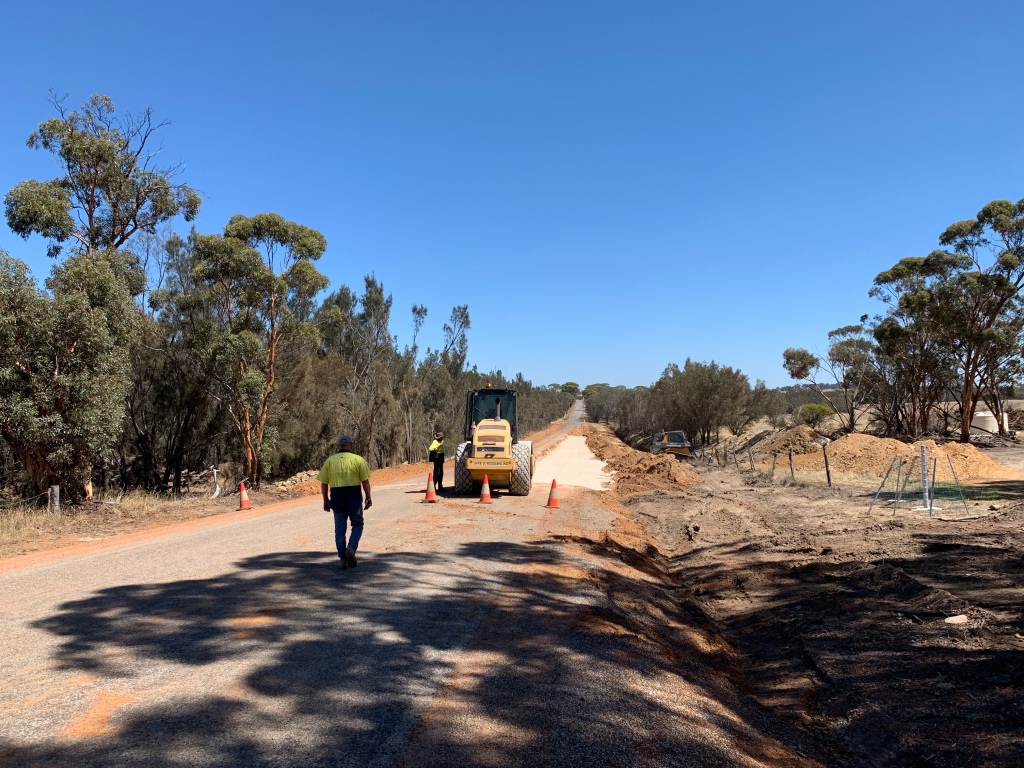
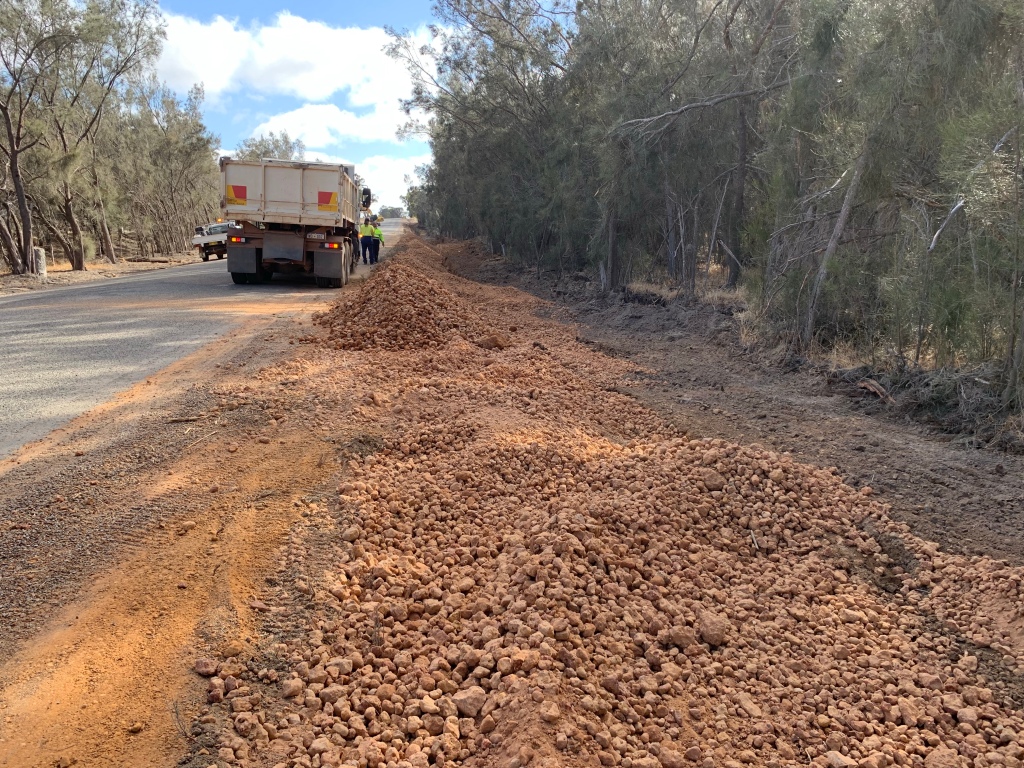














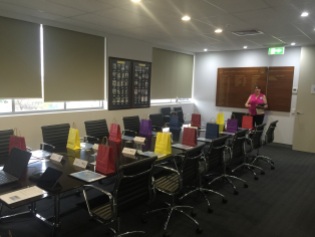























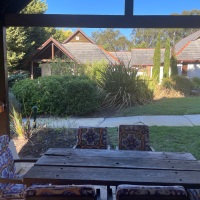
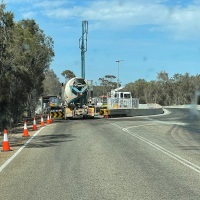





Good work on the road. I hope the water problem is finally resolved. I agree with your tips and love that they involve taking time and space. I wish we can all afford this. It can be so different when we are pressured! But you are right, a good decision must be well-thought, and consulted with our go-to person. Very good tips. Thank you for sharing!
LikeLiked by 3 people
Its lovely to hear from you and thank you for your comments on the tips.
The water problem was resolved. It turned out to be tree stumps two metres down that had not been removed when the road was first built about 100 years before. Tree stumps act as a straw when it comes to water.
The matter was compounded after an earthquake the year before caused a shift in some of the topography in the area and diverted the underground flow of water through to beneath this part of the road. The tree stumps started sucking up the water, invading the pavement underneath and then finally seeping up through the bitumen. I could literally scoop the road up in my hands it was that soft.
It was not a cheap fix, and it was money that the local government didn’t have, but we thought it through extremely well and came up with a highly effective solution that resulted in a very happy community, very satisfied trucking companies and relieved school bus drivers.
LikeLiked by 1 person
Wow, thank you for telling me more about the project. A tree stump that has been there 100 years ago? That sounds awesome – well, the problem is not cool, just saying the cause is not something you would expect initially. Great job on the fix and improving road safety. I immediately thought this is somewhere in Australia when I saw your photos.
LikeLiked by 1 person
Always happy to share 😊I know most people would go – oh that’s road stuff, not the most interesting thing in the world. But, road works are! It was a fascinating problem to fix and project to undertake. We also used it as a training and development exercise for the road construction crew. Yes, the location is at the top of the Great Southern in Western Australia.
LikeLike
Everything is interesting, especially stuff we do not know. Plus it takes a lot to make decent roads. We definitely need people like you here in The Ph. I saw mostly the northern part of WA about five years ago.
LikeLiked by 1 person
I agree wholeheartedly that everything is interesting. I love the north of WA. I grew up there, go back regularly and get reminded each time how beautiful and chilled out things can be!
LikeLike
Great post with a lot of useful information. Thank you for sharing.
LikeLiked by 3 people
It’s my pleasure to share this post and thank you so much for dropping by!
LikeLike
It’s really interesting to know that tough decisions are tough, they are often made hastily.
Your tips are spot on!
LikeLiked by 3 people
Thank you for your comments. The tips do work. I have been using them most of this week 😊
LikeLiked by 2 people
Great!
You are always welcome!
👍🏽
LikeLiked by 1 person
Pingback: 2020 So Far – themomshiediaries
Pingback: Twenty-Twenty-So-Far – themomshiediaries
I think the time aspect is most important. So often, we have time and don’t have to decide right this minute.
LikeLiked by 2 people
I agree. Even this morning, I am sitting in front of a log fire, listening to the birds just before sunrise, taking the opportunity to reflect before the travel home and then having to deal with some pressing emails.
LikeLiked by 1 person
These are such useful tips and information, Sean. I find it hard to make tough choices personally due to emotions. However, when it comes to work, it is much easier for me.
LikeLiked by 1 person
Thank you for the feedback, Kally. I can certainly relate to what you are saying re tough choices. I always find it interesting the difference between how things unfold at home and at work 😊
LikeLiked by 1 person
I like your technique of weighing pros and cons. It’s easy to give everything equal weight when we just list potential problems and benefits in our heads, but when we’re forced to assign each factor a specific, consistant score, that helps put things in perspective. Lots of potential problems mean less if they have relatively little impact compared to a few significant benefits.
LikeLiked by 2 people
Thank you for your wonderful insights. Weighing the pros and cons like this is a very powerful tool. I have also used it successfully when explaining why there is resistance to key initiatives or when deciding on whether to adopt one project over another. And, it has helped with certain issues at home too 😊
LikeLiked by 2 people